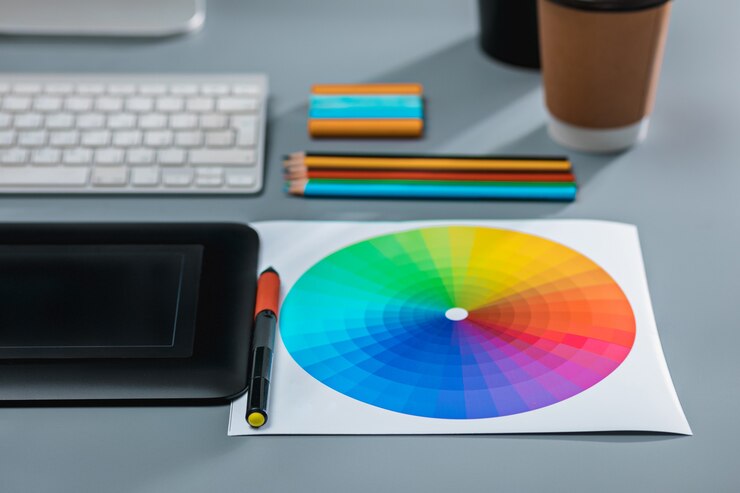Quilting is an art form that requires a keen sense of color and design. Choosing the right colors and using them effectively is critical to creating a visually striking quilt. One of the ways quilters achieve this is through the use of color contrast. In this blog, we’ll explore how quilters use color theory to create contrast and add interest to their quilt designs.
Color Value
Value refers to the relative lightness or darkness of a color. By using colors with different values, quilters can create contrast and give their designs depth. A quilt made entirely of medium value colors will look flat and lack visual interest. To create contrast, quilters will typically use fabrics with light, medium, and dark values.
One way quilters can test the value of a fabric is by converting a photograph of the fabric into black and white. This removes the hue and saturation of the color, leaving only the value. Quilters can then compare the black and white version of the fabric to other fabrics they plan to use in the quilt to see if they will create enough contrast.

Contrast
Contrast refers to the differences between colors. There are several types of contrast that quilters can use, including complementary, analogous, and monochromatic.
Complementary contrast is achieved by using colors that are opposite each other on the color wheel. For example, red and green or blue and orange. Complementary colors create high contrast and can make a design feel lively and energetic.
Analogous contrast is achieved by using colors that are next to each other on the color wheel. For example, blue, blue-green, and green. Analogous colors create low contrast and can make a design feel harmonious and peaceful.
Monochromatic contrast is achieved by using different shades and tints of the same color. For example, light blue, medium blue, and dark blue. Monochromatic colors create a subtle contrast and can make a design feel calming and sophisticated.

Hue
Hue refers to the pure color on the color wheel. By using different hues, quilters can create a sense of variety and add interest to their designs. For example, a quilt made entirely of blue fabrics may look dull and uninspired. By adding in a few fabrics in different hues, such as teal and navy, the quilt can come alive.
Quilters can also use tints and shades to create interest. Tints are created by adding white to a hue, making it lighter. Shades are created by adding black to a hue, making it darker. By using a range of tints and shades, quilters can create a subtle gradient effect that adds depth and interest to their designs.
Color contrast is an important aspect of quilting that can make or break a design. By using a combination of color value, contrast, and hue, quilters can create visually striking quilts that are both beautiful and functional. Whether you are a seasoned quilter or a beginner, understanding color theory can help you take your quilting to the next level



